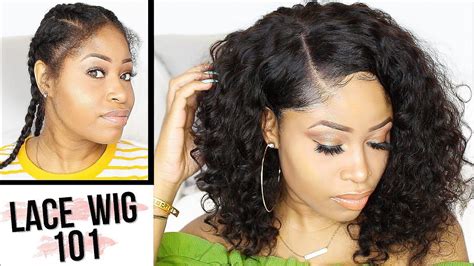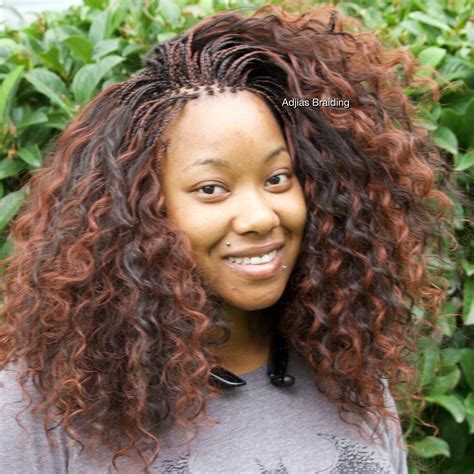Introduction
Braided human hair has been a timeless form of beauty expression for centuries across diverse cultures. From intricate crowns and ceremonial arrangements to casual styles, the versatility and artistry of braided hair continue to captivate today. In this comprehensive guide, we delve into the captivating world of braided human hair, exploring its history, techniques, applications, and benefits.

History of Braided Hair
The history of braided human hair dates back thousands of years to ancient civilizations around the globe.
- Ancient Egypt: Braids were a symbol of power, social status, and divine favor. The intricate hairstyles depicted in hieroglyphics and on sculptures showcased the artistry and skill of Egyptian hairdressers.
- Ancient Greece: Braids were common among both men and women, often adorned with ribbons or beads for special occasions. The Greek philosopher Aristotle praised braids for their aesthetic appeal and practical benefits in maintaining hair.
- Africa: Braiding has a rich tradition in African cultures, where it is an integral part of social, cultural, and spiritual practices. Different braiding styles carry symbolic meanings and convey messages about age, status, and community affiliation.
Techniques for Braiding
The art of braiding human hair encompasses a wide range of techniques, each with its unique characteristics.
- Three-Strand Braid: The simplest and most versatile braid, created by dividing hair into three strands and interweaving them.
- Four-Strand Braid: Similar to the three-strand braid, but with an additional strand of hair incorporated for a more complex and voluminous effect.
- French Braid: A three-strand braid where new strands of hair are incorporated from the sides as you braid, creating a raised, voluminous look.
- Dutch Braid: An inverted French braid where the strands are crossed underneath instead of over, resulting in a tucked-in, raised effect.
- Fishtail Braid: A delicate braid created by dividing hair into two strands and weaving them together in an intricate, fish-scale pattern.
Applications for Braided Human Hair
Braided human hair is highly versatile and can be used for a variety of applications, including:
- Fashion and Style: Braids are a popular and stylish way to enhance hairstyles, adding texture, volume, and individuality.
- Protective Styles: Braids can be used as protective styles to prevent hair breakage and damage from environmental factors and styling tools.
- Ceremonies and Rituals: Braids play a significant role in cultural ceremonies and rituals worldwide, symbolizing unity, protection, and transition.
- Hair Extensions: Braided human hair extensions offer a seamless and natural way to add length, volume, and highlights to hair.
Benefits of Braided Human Hair
Braiding human hair offers numerous benefits for hair health and beauty:
- Reduces Hair Breakage: Braids distribute tension evenly throughout the hair, reducing strain and preventing breakage.
- Prevents Split Ends: By keeping hair strands tightly together, braids minimize friction and prevent the formation of split ends.
- Promotes Scalp Health: Braids create a protective barrier over the scalp, reducing dandruff and scalp irritation.
- Stimulates Hair Growth: The gentle massaging action of braiding can stimulate blood flow to the scalp, promoting hair growth.
Common Mistakes to Avoid When Braiding
To achieve optimal results when braiding human hair, it is crucial to avoid common mistakes:
- Braiding Hair When Wet: Wet hair is more fragile and prone to breakage. Always braid hair when it is fully dry.
- Braiding Too Tightly: Braids should be snug but not excessively tight, as this can cause discomfort and hair damage.
- Using Cheap Hair Extensions: Low-quality hair extensions can tangle easily and create an uneven look. Opt for high-quality human hair extensions for a seamless blend.
- Over-Braiding: Constant braiding can put stress on hair and lead to breakage. Allow hair to rest between braids.
- Neglecting Hair Care: Braided hair still requires regular care. Use a wide-toothed comb and detangle gently to prevent matting.
FAQs About Braided Human Hair
- How long does a braid usually last? Braided human hair can last for several weeks to months, depending on the type of braid and proper care.
- Can you sleep with braids in? Yes, but it is recommended to use a silk pillowcase to reduce friction and prevent breakage.
- How often should you wash braided hair? Wash braided hair less frequently than unbraided hair, typically once or twice a week.
- Can you dye braided hair? Yes, but it is important to use a semi-permanent or temporary hair dye and avoid harsh chemicals.
- How do you remove braids without damaging hair? Carefully cut the elastics and use a wide-toothed comb to gently detangle hair, starting from the ends and moving towards the roots.
- What are the benefits of box braids? Box braids are versatile, protective, and can last for several weeks. They are also a popular choice for adding color and texture to hair.
- How long does it take to braid hair? The time it takes to braid hair varies depending on the type of braid, hair length, and skill level. A simple three-strand braid can take 15-30 minutes, while more complex braids may take several hours.
- What type of hair is best for braiding? All types of hair can be braided, but coarse and textured hair tends to hold braids better.
